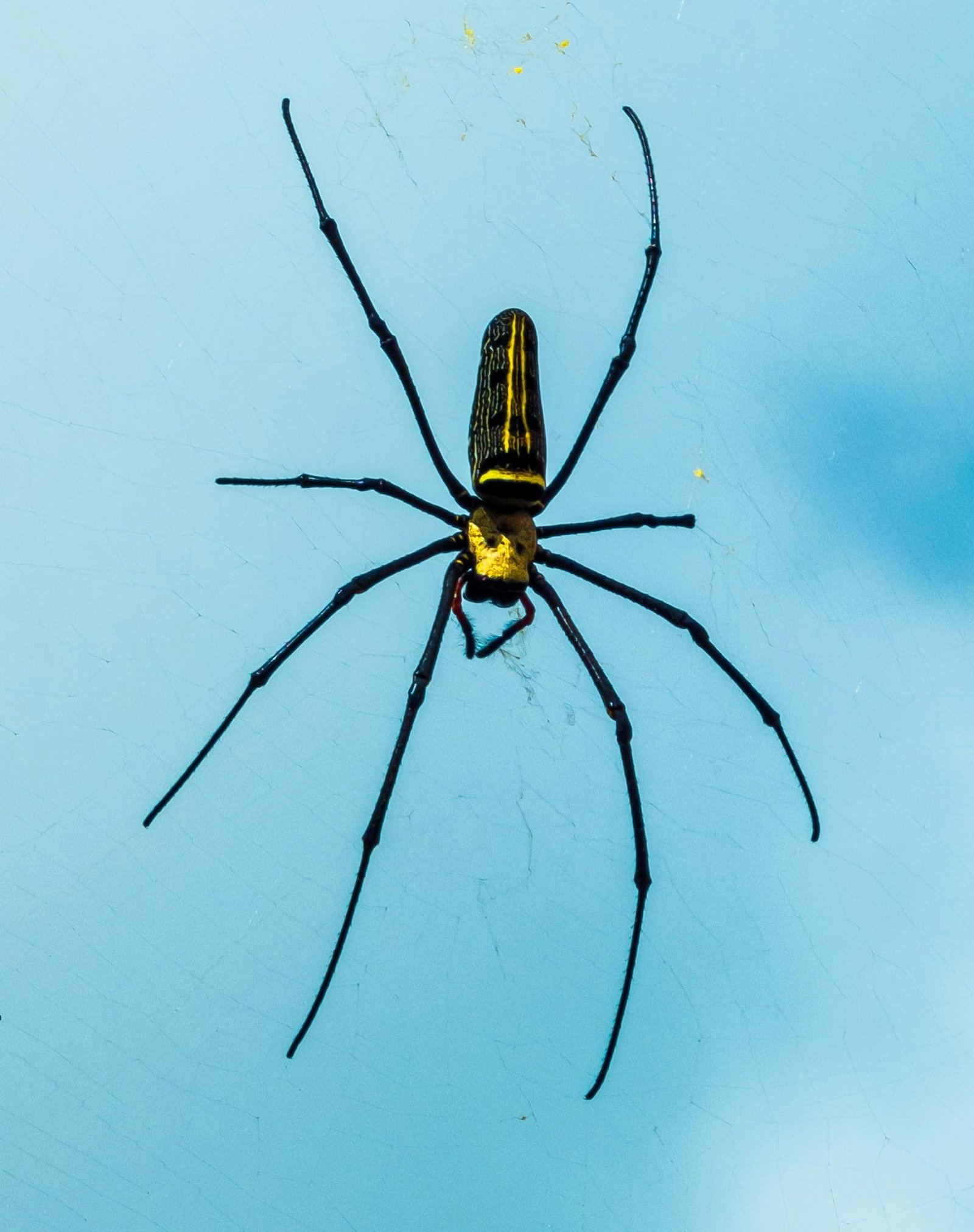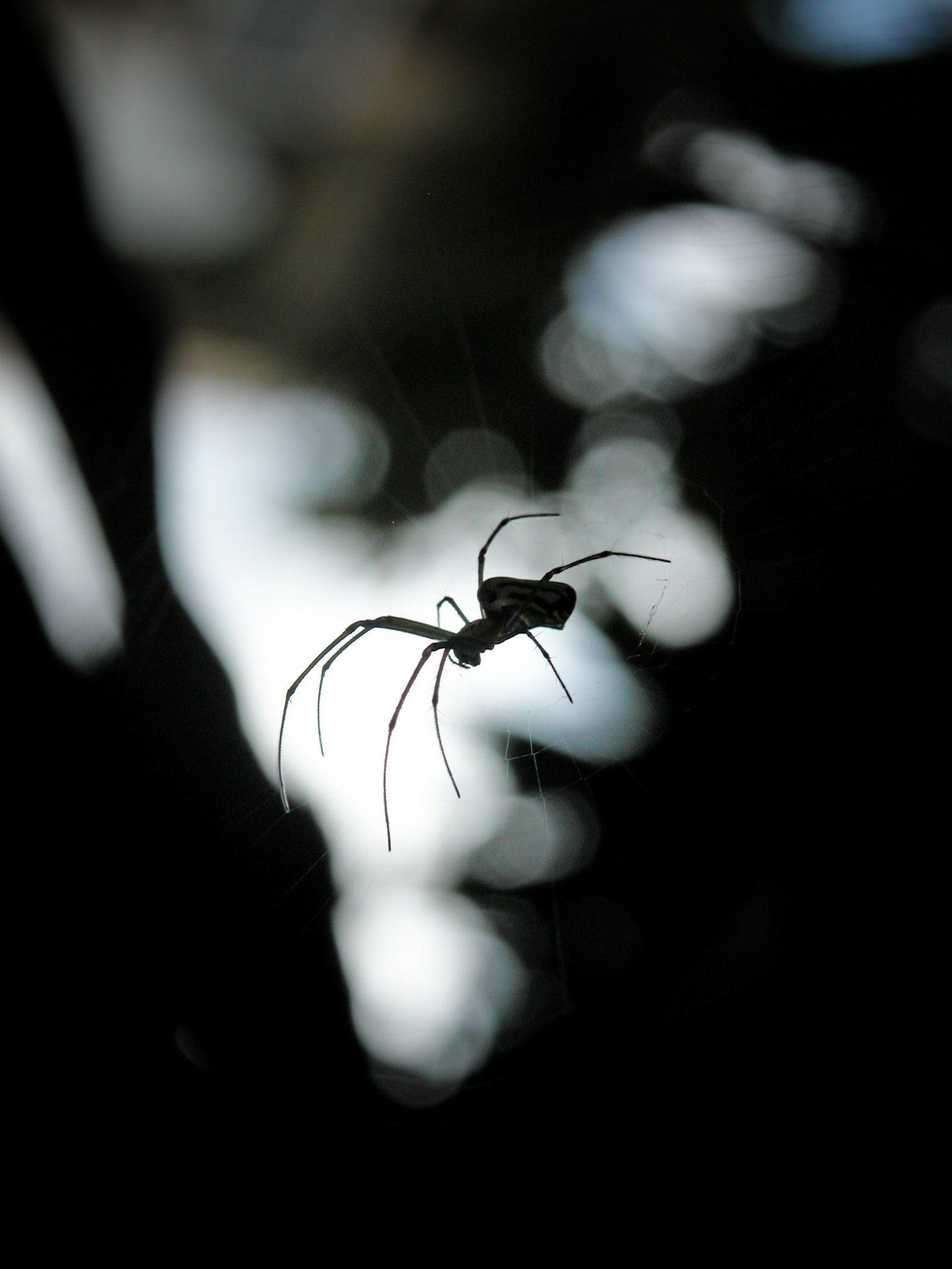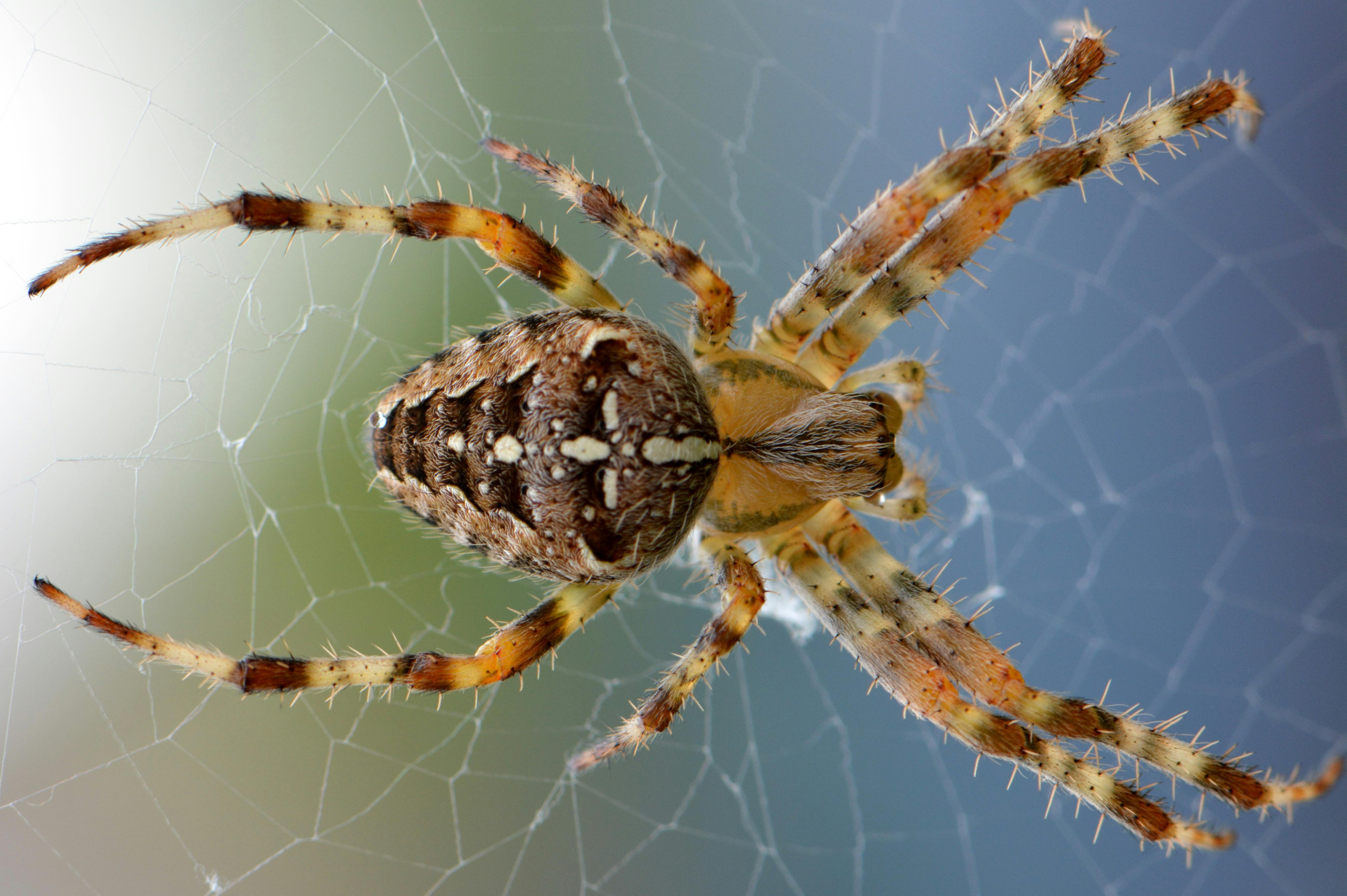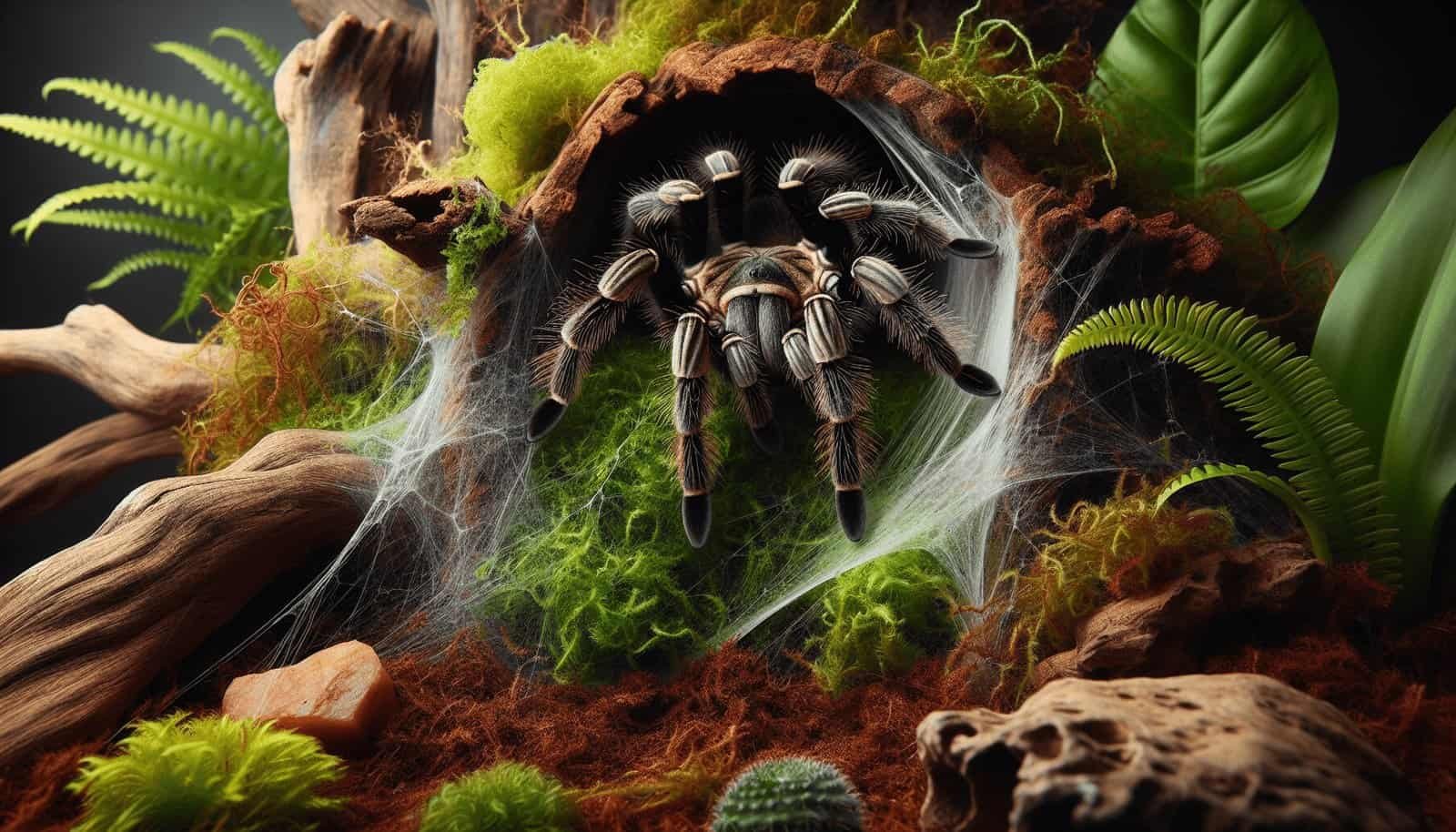So, you’ve just brought home a new member to your arachnid family – a tarantula! Congratulations! Now, the next step is to ensure a smooth transition for your eight-legged friend into its new enclosure. But how exactly do you acclimate a tarantula to its new habitat? In this article, we will explore some simple yet effective steps to help your tarantula adjust comfortably and settle in its new home. Let’s get started!
Choosing the Right Enclosure
Determining the Suitable Size
When choosing an enclosure for your tarantula, it is essential to consider the size and needs of your specific species. Tarantulas thrive in environments that closely resemble their natural habitats, so it is crucial to provide them with adequate space. Researching the size requirements for your particular tarantula species will guide you in selecting the appropriate enclosure dimensions. Keep in mind that tarantulas require enough space to move and explore without feeling constricted.
Selecting the Appropriate Type of Enclosure
There are various types of enclosures available for tarantulas, including glass tanks, plastic containers, and acrylic enclosures. Each type has its advantages and disadvantages, so it is essential to consider factors such as ventilation, visibility, durability, and ease of maintenance. Glass tanks provide better visibility but may require additional ventilation and careful monitoring of humidity levels. Plastic enclosures, on the other hand, are lightweight and affordable, but they may not offer optimal visibility. Acrylic enclosures strike a balance between visibility and ventilation, making them a popular choice among tarantula enthusiasts. Carefully evaluate the needs of your tarantula to select the most suitable enclosure type.
Including Essential Components
Your tarantula’s enclosure should recreate its natural habitat as closely as possible. This means including essential components such as substrate, hiding places, and decorations. Substrate provides a comfortable and suitable surface for your tarantula to walk and burrow on. Research the specific substrate requirements for your tarantula species, as they vary based on the natural habitat. Additionally, provide hiding places like bark, coconut hides, or artificial caves. These hiding spots offer security and privacy for your tarantula, reducing stress levels. Finally, consider adding decorations like fake plants or branch structures to create an aesthetically pleasing environment while also providing climbing opportunities for your tarantula.
Preparing the New Enclosure
Cleaning and Sterilizing the Enclosure
Before introducing your tarantula to its new enclosure, it is crucial to clean and sterilize it to ensure a safe and hygienic environment. Start by removing any dirt or debris from the enclosure using a soft brush or cloth. Then, sanitize the enclosure by rinsing it with a mild disinfectant solution. Be sure to rinse thoroughly to remove any residue from the disinfectant. Allow the enclosure to air dry completely before proceeding with the setup.
Setting Up the Substrate
Once the enclosure is clean and dry, it’s time to add the substrate. Selecting the appropriate substrate is vital as it impacts your tarantula’s overall well-being. Different tarantula species have specific substrate preferences, so research the requirements for your particular species. Common substrate options include coconut fiber, peat moss, or a mixture of both. The substrate should be moist enough for burrowing but not overly wet, as excessive moisture can lead to fungal growth or respiratory problems for your tarantula. Spread a layer of substrate evenly across the enclosure, ensuring a sufficient depth for your tarantula to dig and create burrows.
Creating Hiding Places
Hiding places are crucial for tarantulas to feel secure and reduce stress levels. Use natural materials such as cork bark, half-log hides, or coconut hides to create hiding spots within the enclosure. Position the hides in different areas to provide your tarantula with options for choosing their preferred hiding place. Hides should be placed securely to prevent them from toppling over and potentially injuring your tarantula. Ensure there is ample space between hiding places to allow for freedom of movement and easy access to each hide.

Temperature and Humidity
Maintaining the Correct Temperature
Tarantulas are ectothermic animals, which means they rely on their environment to regulate their body temperature. It is crucial to maintain the correct temperature range to ensure your tarantula’s overall health and well-being. Research the specific temperature requirements for your tarantula species and aim to provide a temperature gradient within the enclosure. This can be achieved by using heat mats, ceramic heaters, or heat lamps positioned outside the enclosure to avoid direct contact with your tarantula. Monitor the temperature regularly using a reliable thermometer and make adjustments as necessary to maintain the desired range.
Providing Adequate Humidity
Humidity levels play a vital role in keeping your tarantula healthy, as they help replicate their natural environment. Certain tarantula species require higher humidity levels, while others prefer drier conditions. Research the specific humidity requirements for your tarantula species and ensure that the enclosure maintains the appropriate range. This can be achieved by misting the enclosure with water or using a humidifier, depending on the specific needs of your tarantula. Regularly monitor humidity levels with a hygrometer and make adjustments as necessary to maintain the optimal range for your tarantula’s well-being.
Lighting and Photoperiod
Choosing the Right Lighting
While tarantulas do not require intense lighting, providing a suitable light source is essential for maintaining their natural rhythms. A low-wattage, full-spectrum light bulb can provide adequate illumination within the enclosure. Opt for a light that mimics natural daylight to ensure a diurnal rhythm for your tarantula. Position the light source outside the enclosure to avoid direct exposure to your tarantula while still providing sufficient light for observation and maintaining a consistent day-night cycle.
Establishing a Suitable Photoperiod
Tarantulas, like many other animals, have a natural circadian rhythm. It is important to establish a suitable photoperiod to mimic their natural day-night cycle. This can be achieved by providing a regular light-dark schedule. Aim for approximately 12 hours of light and 12 hours of darkness each day to maintain a consistent routine. Consistency is key, as abrupt changes in lighting and photoperiod can disrupt your tarantula’s natural rhythm and potentially lead to stress.

Transferring the Tarantula
Creating a Temporary Holding Container
When it’s time to transfer your tarantula to its new enclosure, it is essential to create a temporary holding container. This container should be secure and spacious enough to allow for easy transfer without causing stress or injury to your tarantula. A clear plastic container with air holes or a small, well-ventilated deli cup can serve as a suitable temporary holding container. Ensure the lid is secure to prevent any accidental escapes.
Using Gentle Handling Techniques
Handling tarantulas should be done with extreme care to ensure their safety and well-being. When transferring your tarantula, use gentle handling techniques to minimize stress. Many tarantulas are skittish and may react defensively if they feel threatened. Approach them calmly and avoid sudden movements. Use soft, clean paintbrushes or delicate utensils to guide your tarantula into the temporary holding container or gently coax them onto your hand. Never handle your tarantula directly unless you have extensive experience and knowledge of safe handling techniques.
Placing the Tarantula in the New Enclosure
Once you have successfully transferred your tarantula to the temporary holding container, it’s time to move them to their new permanent enclosure. Carefully open the lid of the new enclosure, ensuring that there are no potential escape routes. Gently release your tarantula into the enclosure, allowing them to explore their new environment at their own pace. Avoid any sudden movements or disturbances that may frighten or stress your tarantula during this transition period.
Observing and Monitoring
Allowing the Tarantula to Settle In
After transferring your tarantula to its new enclosure, it is important to allow sufficient time for them to settle in and adjust to their new surroundings. Avoid excessive handling or disruptions during this acclimation period, as it can cause stress and potentially harm your tarantula. Observe from a distance and give your tarantula the privacy it needs to feel secure. This period can last anywhere from a few days to several weeks, depending on the individual temperament of your tarantula.
Regularly Monitoring Behavior and Health
While giving your tarantula space to settle in, it is crucial to regularly monitor its behavior and health. Take note of any changes in activity levels, feeding habits, and appearance. Monitor the tarantula’s molt cycles, as tarantulas periodically shed their exoskeletons as they grow. Keep a record of these observations to track any potential issues or changes in behavior. Additionally, ensure that the enclosure remains clean and free from any signs of infections or infestations. Regular monitoring allows you to identify and address any potential health concerns promptly.

Feeding and Watering
Providing a Varied Diet
Tarantulas have specific dietary requirements that vary depending on their species and age. Research the appropriate diet for your tarantula species and provide a varied menu to ensure proper nutrition. Common tarantula food options include live insects such as crickets, mealworms, and roaches. Dusting the prey with calcium or vitamin supplements can help provide additional essential nutrients. Feed your tarantula appropriately sized prey items, avoiding anything too large for them to handle comfortably. Monitor feeding habits and adjust the frequency or size of prey as needed based on your tarantula’s appetite and growth rate.
Offering a Suitable Water Source
Maintaining proper hydration is crucial for your tarantula’s health. Although tarantulas primarily obtain moisture from their prey, it is essential to provide a suitable water source within the enclosure. A shallow water dish filled with clean, chlorine-free water should be readily available for your tarantula. Ensure the dish is securely positioned to prevent tipping or drowning hazards. Monitor the water dish regularly and refill as necessary to ensure a constant supply of fresh water.
Preventing Stressful Situations
Avoiding Excessive Disturbances
Tarantulas are sensitive creatures that can easily become stressed by excessive disturbances. It is important to minimize disturbances within the enclosure to ensure your tarantula’s well-being. Refrain from tapping on the enclosure or making sudden loud noises near the habitat. Avoid frequent handling, as it can disrupt your tarantula’s natural behavior and cause unnecessary stress. Keep the enclosure in a quiet area away from high-traffic zones. By creating a calm and peaceful environment, you can help your tarantula feel secure and thrive.
Minimizing Vibrations and Loud Noises
Tarantulas are hypersensitive to vibrations and loud noises, which can startle and stress them. It is crucial to minimize these disturbances to provide a peaceful environment for your tarantula. Ensure that the enclosure is placed on a stable surface, away from sources of vibrations such as appliances or speakers. Avoid moving the enclosure excessively or rapidly, as it can cause unnecessary stress. Keep in mind that even simple activities like vacuuming or playing loud music near the tarantula’s habitat can disrupt their sense of security. Minimizing vibrations and loud noises will go a long way in promoting a stress-free environment for your tarantula.

Handling and Interaction
Understanding Tarantula Handling Risks
Handling tarantulas can be a risky endeavor, as they can bite or flick urticating hairs as a defense mechanism. While some tarantula species have milder venom than others, it is crucial to prioritize their safety and minimize handling whenever possible. Only experienced tarantula handlers should attempt to handle their tarantulas, and even then, it should be done sparingly to minimize stress and potential injury. Always educate yourself about the specific risks associated with your tarantula species and exercise caution to ensure the well-being of both you and your tarantula.
Practicing Safe Handling Techniques
If you choose to handle your tarantula, it is essential to practice safe handling techniques to minimize stress and potential harm. Wash your hands thoroughly with soap and water before handling to remove any scents, as tarantulas are sensitive to smells. Approach your tarantula calmly and avoid sudden movements. Use a soft, clean paintbrush or delicate utensil to gently guide your tarantula to crawl onto your hand or another suitable surface. Handle your tarantula close to the ground or over a secure container to prevent any accidental falls. Always monitor your tarantula’s behavior during handling, and if it shows signs of stress or defensive behavior, cease handling immediately.
Seeking Professional Help
Consulting a Tarantula Expert or Veterinarian
If you have any concerns or questions regarding your tarantula’s care, it is always advisable to seek advice from a tarantula expert or veterinarian knowledgeable in exotic pets. They can provide valuable guidance specific to your tarantula’s needs and offer assistance in maintaining optimal conditions within the enclosure. Additionally, a professional can assess any health concerns, provide necessary treatment, or address any behavioral issues that may arise. Remember, it is better to seek timely professional help to ensure the well-being of your tarantula rather than attempting to address potential problems on your own.
By following these guidelines, you can create a suitable and comfortable environment for your tarantula. Remember to prioritize their health, well-being, and natural behaviors, and your tarantula will thrive in their new enclosure.